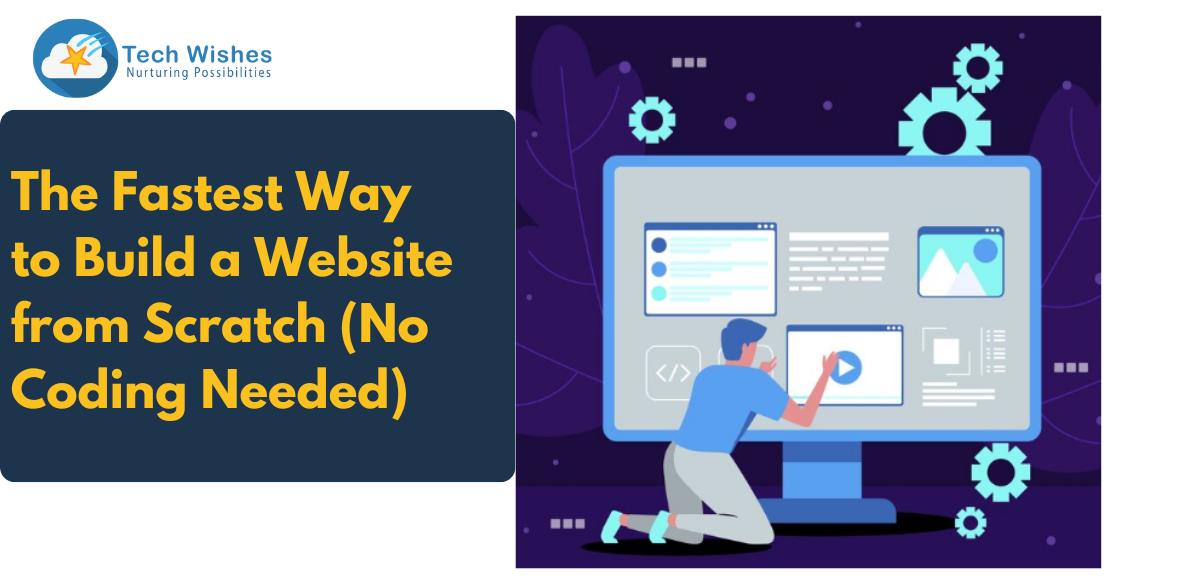When we speak of these huge D2C mammoths of the industry, we understand the success of these online stores hinges upon their ability to deliver an exceptional user experience. One crucial factor that significantly impacts user experience and, consequently, sales, is the performance of your Shopify store.
Slow-loading pages can lead to frustrated visitors, high bounce rates, and ultimately, missed revenue opportunities. This has been strongly highlighted by Shopify, and you can always hire Shopify developers to know more…
In this comprehensive guide, we will delve into the world of CSS and JavaScript optimization to help you supercharge your Shopify store's performance and outrank the competition.
Understanding the Importance of Optimization
Before we dive into the nitty-gritty details of CSS and JavaScript optimization, let's take a moment to understand why it matters. Google's algorithm considers page speed as a ranking factor, and it's no secret that faster-loading websites are favoured in search results. Moreover, a seamless and swift browsing experience enhances user satisfaction, encourages longer sessions, and boosts the likelihood of conversions. Now, let's explore some strategies to optimize your Shopify store's performance.
1. Minify CSS and JavaScript Files
Minification involves the process of removing unnecessary characters, such as white spaces, comments, and line breaks, from CSS and JavaScript files. This reduces their file size, resulting in faster downloads and rendering times. There are several online tools and plugins available that can automatically minify your files before uploading them to Shopify.
2. Leverage Browser Caching
Browser caching allows you to store certain elements of your website on a user's device after their initial visit. This means that when the user returns to your site, their browser doesn't need to re-download all assets, resulting in quicker load times. Implementing caching headers and utilizing Shopify apps designed for browser caching can significantly enhance your store's performance.
3. Optimize Images
Images are often the heaviest elements on a webpage. By optimising images, you can dramatically improve page loading speed. Ensure that images are appropriately sized before uploading them to your Shopify store. You can also use modern image formats like WebP, which offer higher compression rates without compromising quality.
4. Async and Deferred Loading
JavaScript plays a vital role in creating dynamic and interactive experiences on your Shopify store. However, improperly loaded JavaScript can also slow down your site. Implementing asynchronous (async) and deferred loading for JavaScript files allows critical elements of your page to load without waiting for non-essential scripts.
5. Use Content Delivery Networks (CDNs)
CDNs distribute your store's static assets, such as images, CSS, and JavaScript files, across a network of servers globally. This ensures that users receive content from a server that's geographically closer to them, reducing latency and improving load times.
6. Choose a Performance-Optimized Theme
When selecting a Shopify theme for your store, opt for one that prioritizes performance. A well-coded theme with clean HTML, CSS, and JavaScript will provide a solid foundation for fast-loading pages.
7. Regularly Monitor and Audit Your Store
Performance optimisation is an ongoing process. Regularly audit your Shopify store using tools like Google PageSpeed Insights or GTmetrix. These tools provide insights into areas where your store can improve its performance.
For effective maintenance of your Shopify store, hire Shopify developers…
In the fiercely competitive world of e-commerce, every second counts. A blazing-fast Shopify store not only enhances your search engine rankings but also ensures that your visitors have a delightful experience. By implementing the aforementioned CSS and JavaScript optimization strategies, you're setting the stage for improved user engagement, higher conversions, and an edge over your competitors.
Remember, a high-performing store is a continuous journey. Keep an eye on emerging optimization techniques, stay updated with industry trends, and consistently refine your store's performance. Now, go ahead and put these strategies into action to create a Shopify store that not only meets but exceeds user expectations.
Read:
Analyzing Shopify Page Speed with Google's Lighthouse



